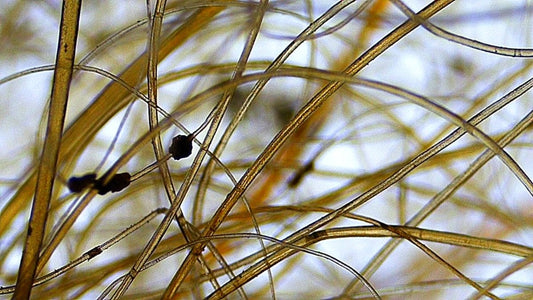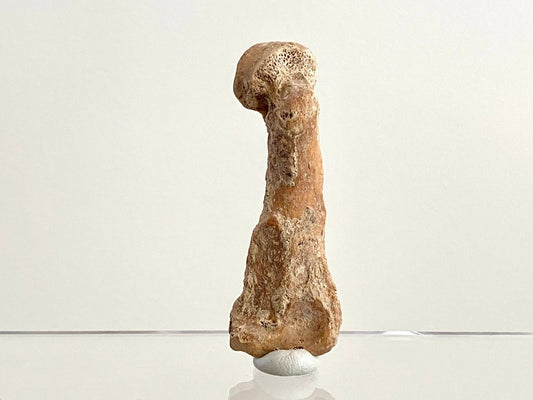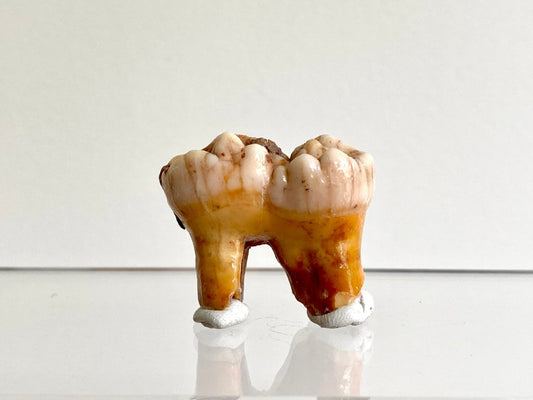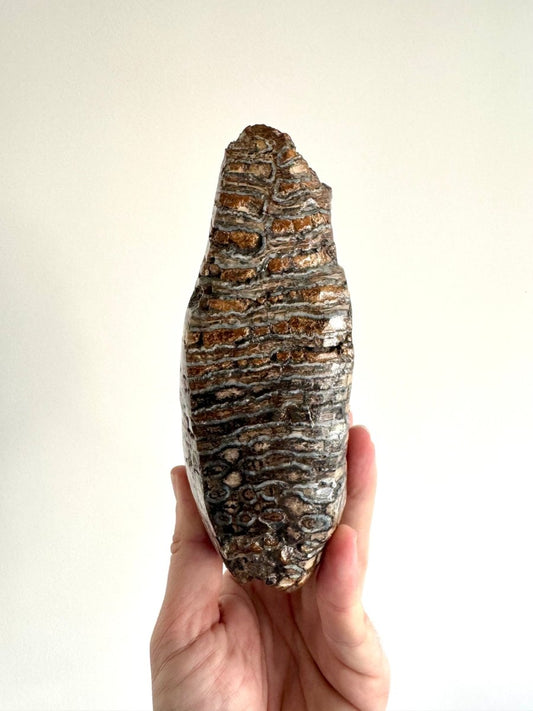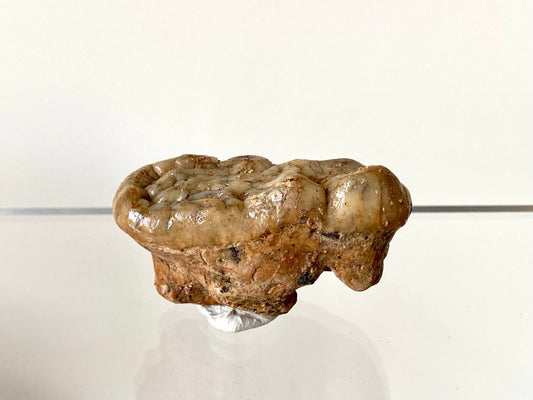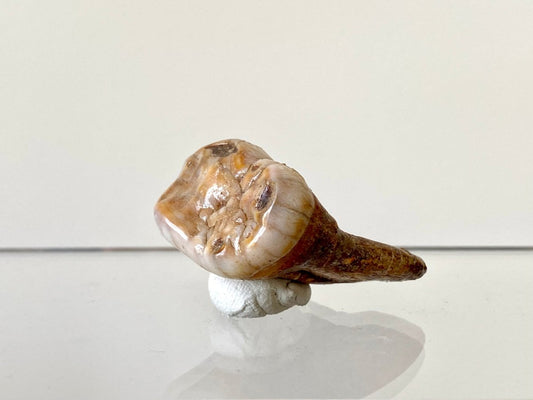Pleistocene Period
Also known as the Ice Age, is a geological period that spanned from approximately 2.6 million years ago to about 11,700 years ago. It was characterized by recurring glacial and interglacial periods, during which vast ice sheets covered large portions of the Earth's surface, profoundly shaping landscapes, climates, and ecosystems.
Glacial Cycles
The Ice Age was marked by cycles of glaciation, where large ice sheets expanded and contracted in response to changes in global climate. These glacial cycles were driven by variations in Earth's orbit and axial tilt, which influenced the distribution of solar radiation and the onset of ice ages. Glacial periods were characterized by colder temperatures, extensive ice cover, and lower sea levels, while interglacial periods were warmer and saw the retreat of glaciers.
Ice Sheets and Glaciers
During glacial periods, massive ice sheets formed over continents, covering large areas of North America, Europe, and Asia. In some regions, glaciers extended far beyond the polar regions, shaping landscapes through the processes of erosion and deposition. Icebergs calved from glaciers and ice shelves, contributing to the lowering of sea levels and the redistribution of water across the Earth's surface.
Climate and Environments
The Ice Age had a profound impact on global climates and environments. Glacial periods were characterized by cooler temperatures, arid conditions, and the expansion of polar ice caps. This led to the formation of vast ice deserts, tundra, and permafrost regions, which supported unique ecosystems adapted to cold, harsh environments. In contrast, interglacial periods saw warmer temperatures, higher sea levels, and the expansion of temperate forests, grasslands, and wetlands.
Fauna and Flora
The Ice Age was a time of remarkable biodiversity, with diverse and often large-bodied megafauna inhabiting various ecosystems around the world. Iconic Ice Age mammals included woolly mammoths, saber-toothed cats, cave bear, giant ground sloths, and woolly rhinoceroses, among others. These animals were adapted to cold climates and thrived in environments such as grasslands, tundra, and boreal forests. Ice Age flora included cold-adapted plants such as conifers, mosses, and lichens, which played crucial roles in supporting terrestrial ecosystems.
Human Adaptations
Early humans, such as Homo sapiens and Neanderthals, were present during the Ice Age and adapted to changing environmental conditions. They developed sophisticated tools, clothing, and shelter to survive in cold climates, hunted Ice Age megafauna for food and resources, and created intricate artworks and cultural artifacts that provide insights into their lives and beliefs.
Legacy and Impact
The Ice Age left a lasting legacy on Earth's landscapes, climates, and ecosystems. Glacial and interglacial cycles shaped the distribution of landforms, influenced patterns of biodiversity, and played a role in the evolution and extinction of species. The legacy of the Ice Age continues to be felt today, with ongoing research into its causes, consequences, and implications for understanding Earth's past and future climate dynamics. The Ice Age was a pivotal period in Earth's history, characterized by dramatic changes in climates, environments, and ecosystems. Through its glacial cycles, ice sheets, and diverse fauna and flora, the Ice Age left an indelible mark on the planet, shaping landscapes and influencing the evolution of life for millions of years. Studying the Ice Age provides valuable insights into the dynamic nature of Earth's climate system and the resilience of life in the face of environmental change.
All Ice Age fossils for sale
-
Mammoth – Prehistoric Soft Plush Toy (Teddy Hermann)
Regular price €29,95 EURRegular priceUnit price / per -
Mammoth Primigenius hair in picture frame - Pleistocene Period, Siberia (A003)
Regular price €28,95 EURRegular priceUnit price / per -
Mammoth Primigenius hair in picture frame - Pleistocene Period, Siberia (A002)
Regular price €28,95 EURRegular priceUnit price / per -
Cave Bear (Ursus spelaeus) Metacarpal Fossil (3.13"), Pleistocene, Romania
Regular price €16,95 EURRegular priceUnit price / per -
Cave Bear (Ursus spelaeus) Metacarpal Fossil (3.47"), Pleistocene, Romania
Regular price €16,95 EURRegular priceUnit price / per -
Cave Bear (Ursus spelaeus) Metacarpal Fossil (3.40"), Pleistocene, Romania
Regular price €16,95 EURRegular priceUnit price / per -
Cave Bear (Ursus spelaeus) Metacarpal Fossil (2.90"), Pleistocene, Romania
Regular price €16,95 EURRegular priceUnit price / per -
Cave Bear (Ursus spelaeus) Metacarpal Fossil (3.37"), Pleistocene, Romania
Regular price €16,95 EURRegular priceUnit price / per -
Cave Bear incisor fossil from Rumania, Ursus Spelaeus (1.75")
Regular price €29,50 EURRegular priceUnit price / per -
Cave Bear incisor fossil from Rumania, Ursus Spelaeus (1.72")
Regular price €40,00 EURRegular priceUnit price / per -
Cave Bear fossil Molar from Rumania, Ursus Spelaeus (1.29")
Regular price €30,00 EURRegular priceUnit price / per -
2.6 KG Mammoth Molar, Permafrost, Jakutia
Regular price €450,00 EURRegular priceUnit price / per -
1.5 KG Mammoth Primigenius Molar, Bruine bank, North Sea
Regular price €220,00 EURRegular priceUnit price / per -
Cave Bear, Ursus Spelaeus fossil molar (1.94") - Pleistocene, Romania
Regular price €55,00 EURRegular priceUnit price / per -
Cave Bear, Ursus Spelaeus fossil molar (1.54") - Pleistocene, Romania
Regular price €39,50 EURRegular priceUnit price / per -
Cave Bear, Ursus Spelaeus fossil molar (1.43") - Pleistocene, Romania
Regular price €45,00 EURRegular priceUnit price / per -
Mammoth Primigenius hair in picture frame - Pleistocene, Siberia (nr4)
Regular price €28,95 EURRegular priceUnit price / per -
Mammoth Primigenius hair in picture frame - Pleistocene, Siberia
Regular price €28,95 EURRegular priceUnit price / per -
Mammoth Primigenius Molar (3.78") - Pleistocene, Holland
Regular price €69,95 EURRegular priceUnit price / per -
Mammoth Primigenius Molar (3.14") - Pleistocene, Holland
Regular price €69,95 EURRegular priceUnit price / per -
Mammoth Primigenius Molar (3.15") - Pleistocene, Holland
Regular price €69,95 EURRegular priceUnit price / per -
Cave Bear, Ursus Spelaeus fossil molar (1.92") - Pleistocene, Romania
Regular price €39,95 EURRegular priceUnit price / per -
Mammoth Primigenius Molar (5.50") - Pleistocene, Holland
Regular price €75,00 EURRegular priceUnit price / per -
Cave Bear Fossil Molar (1.23") - Pleistocene, Romania
Regular price €24,95 EURRegular priceUnit price / per -
Cave Bear fossil Molar from Rumania, Ursus Spelaeus (1.34")
Regular price €37,50 EURRegular priceUnit price / per





